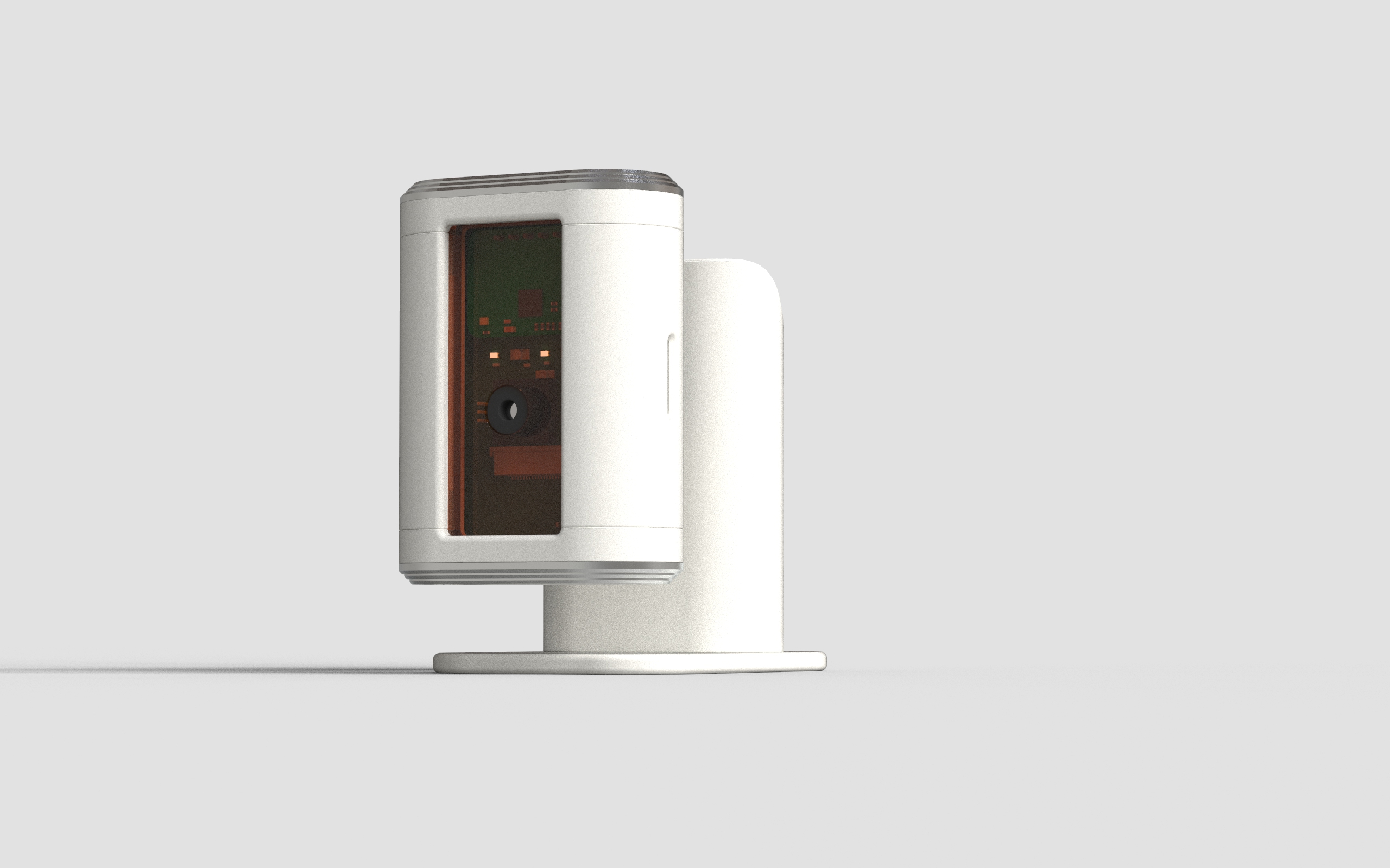
Did you know that nine out of ten homes still twist the thermostat by hand?
A landmark usability study from Lawrence Berkeley National Laboratory found that 89 % of respondents “rarely or never” programmed their thermostats—they just switch them on and off manually. aceee.org
Energy-saving potential and Europe’s retrofit opportunity

Buildings account for ≈ 40 % of the EU’s final energy use, and households spend ≈ 80 % of that on space heating, cooling and domestic hot water (EPBD 2024/1275). Because most European dwellings pre-date modern automation and will still be occupied after 2050, scalable efficiency must come from plug-in retrofits, not wholesale rebuilds.
Meta-analyses show that predictive or reinforcement-learning control can trim HVAC demand by 8 – 20 %. Applied to today’s thermal load (~4 100 TWh yr⁻¹), that equates to 330 – 820 TWh of avoidable consumption—80 – 200 Mt CO₂-eq at the current grid factor (0.24 t CO₂ MWh⁻¹). AI-Box meets this opportunity head-on: the unit clips onto existing thermostats or BMS wiring and delivers self-learning optimisation with no invasive works, making it purpose-built for Europe’s ageing building stock.
Europe is an ideal proving ground:
- Building fabric: large stock of thermostatically controlled, yet under-automated dwellings.
- Policy trigger: EPBD now mandates “self-optimising technical systems”.
- Economics: high electricity prices shorten payback for efficiency retrofits.
- Technical capacity: strong domestic supply chain in edge electronics and a deep AI talent pool ensure that large-scale deployment is feasible without off-continent sourcing.
Taken together, the EU offers both the regulatory pull and the technical push to establish benchmark performance for retrofit AI HVAC control.
source: energy.ec.europa.eu
Regulation & context – the efficiency squeeze is official
The recast EPBD 2024/1275 entered into force on 28 May 2024, requiring Member States to lower final building-energy use by -11.7 % by 2030 and expressly favouring “self-optimising technical systems” over static schedules.
Parallel incentive programmes from the U.S. DOE and Canada’s NRCan already subsidise automation that flattens HVAC demand peaks.
The bar-and-line figure shows a steady year-on-year rise in customers enrolled in utility demand-response programs—evidence that federal and state incentives administered through the U.S. DOE are driving broader adoption of automated peak-shaving technologies, including HVAC controls.

Source: ferc.gov
Compliance pressure now coincides with energy-price volatility: buildings that fail to adopt advanced control risk paying twice—through higher tariffs and future penalties.
Offline Reinforcement-Learning Agent (ORLA)
ORLA is the on-premise intelligence module built into every AI-Box, designed to plug directly into your existing BMS. It runs on a compact Raspberry-Pi–class board—and scales to a Jetson edge computer for larger facilities. ORLA:
- Stores up to 12 months of history – temperatures, energy draws, occupancy, motion, weather, tariffs – in an encrypted local database.
- Retrains nightly on that rolling one-year window using state-of-the-art offline RL (CQL/IQL). This long horizon lets it capture seasonal patterns and slow equipment drift that a short buffer would miss.
- Graduates a smarter control policy each morning, then starts writing the next day of data—no cloud needed, full GDPR-grade privacy.
- Scales from a studio flat (weeks of data fit in MBs) to a campus (year-long dataset spread over GBs) simply by resizing storage and edge hardware.
ORLA turns conventional HVAC gear into a self-learning, privacy-preserving system that squeezes every kilowatt while holding a full year of context to keep predictions sharp through heatwaves, cold snaps, and everything in between.
Three control paradigms – annual effort vs. payoff

² Range derived from two peer-reviewed offline-RL studies: up to 12 % in Wang et al. (arXiv 2024, arxiv.org); and 17.9 – 19.4 % in Blad et al. (Energy 261, 2022, vbn.aau.dk).

Jumping from reactive schedules to offline RL can double energy savings while cutting annual tinkering to “set once, update rarely.”
How ORLA works inside AI-Box

Offline training removes privacy, bandwidth and latency worries, extending AI-grade control to rural and residential sites.
Benchmarking against known players

AI-Box hits the long-tail of small buildings—and still scales to large estates by swapping the Pi for a Jetson Orin.

An early stake in AI-Box offers exposure to the same AI-HVAC trend validated by BrainBox AI and PassiveLogic, but with a lighter, mass-market footprint.
Conclusion & next step
Manual thermostats served the last century. The next decade belongs to self-training controllers that optimise comfort, cost and carbon. HomeMind’s AI-Box, powered by its Offline Reinforcement-Learning Agent, embodies that shift.
Looking for visionary pilot partners and seed investors—let’s turn your building into a self-learning, revenue-saving asset together.


